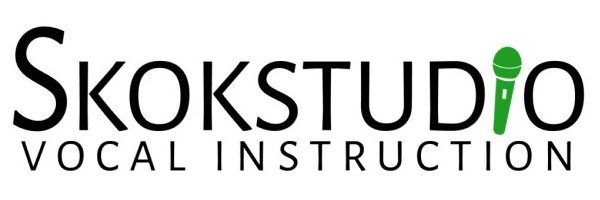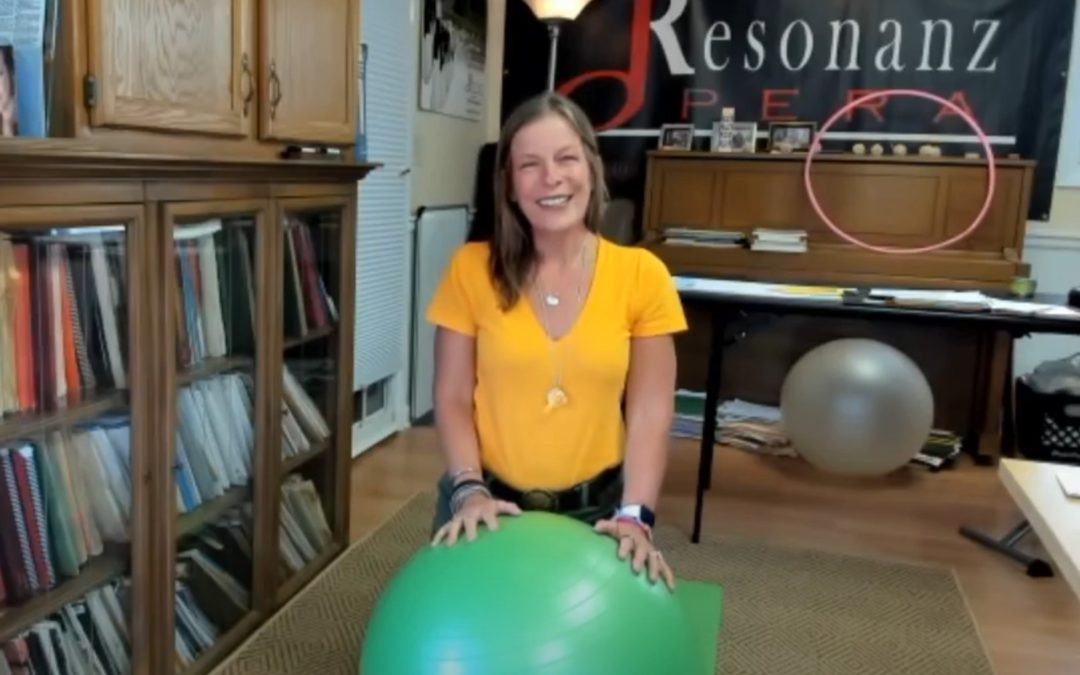Popular opinion in some circles of thought holds that Belting is not so good for the voice, or can even be damaging.
“Belting will hurt or ruin your voice!” they warn. I disagree wholeheartedly.
And here is why- I don’t use my throat to sing my Belt, and there is no stress or strain on my vocal cords.
Instead, I will say that INCORRECT BELTING TECHNIQUE will do this harm, not the Belting itself. And what do I mean by this? See my last blog article about the 7 Non-negotiables for my Belting Technique for the difference between my DO’s and DON’Ts of belting. There is a right way and a wrong way to belt, and I use a creative pedagogy that I call the RESTTM (REsonance Sensory Tactile) technique that shows singers how to CORRECTLY belt in a HEALTHY, powerful way… by FEELING it.
I’ve based my REST technique and all of my vocal work on the same principles behind the teachings of the great Germanic soprano, Lilli Lehmann. (See my blog post about her here). My approach is not a directly “scientific” one, only meaning that I don’t talk from an anatomical standpoint.
And while I don’t ignore science in any way – because knowledge of the anatomy is important – the rote, dry information alone of “which anatomical parts are responsible” for all types of singing is not only itself sometimes in debate based upon the very technique being taught, but it does not provide you any physical, tacit “hands-on” knowledge needed for you to perform the activity of healthy singing. And without a method to do this, knowledge of anatomy and what each part must be doing isn’t helping anyone sing better.
Ultimately, to produce the sound the correct way, it is CRITICAL to FEEL what we’re doing by feeling WHERE it’s located in our bodies.
That’s why the REST technique is so effective- it shows you exactly how to sense the resonance of the sound in your body, with the creative aid of additional tactile auxiliary implements to assist this, such as a yoga ball or block against the chest.
When I sing, there are three places where I FEEL the sound, the “resonators” where I pull from: Chest, Head, and Masque. These are ALL connected to my “support”.
With my REST technique, BREATH SUPPORT IS THE MOST IMPORTANT ELEMENT IN BELTING, just as it is for singing in general. Breath support is how you set up your air to carry your sound.
Because I make such a strong necessity of support and a breath support base that lies very low in the pelvic floor muscles (that is where all of the work is located), I don’t work from the throat.
The ONLY thing that happens in my throat is that two little pieces of beautiful flesh that we call vocal cords come together as sweet lovers RESTING in the night, to dance TOGETHER only when I pass minimal “cold air” (air that is placed very high on the palate and in the masque), turning up and spinning over the head. I NEVER blow air over my throat unless I am doing so for an effect.
When using a belting voice correctly this way with REST, it is SO very healthy for the overall well-being of the voice. Why? It is this correct use of the voice that strengthens the chest voice – which is the entire base of the voice, and allows for beautiful threads of chest to be able to be mixed very successfully into the head voice.
Belting this way allows for the head voice to really be compressed against the air, instead of producing a wind-blown, airy sound which is harmful to the throat. It not only dries the throat, but blowing air over the vocal cords is not healthy for them and can even lead to nodes. So, as you see, it is a mistake to use your voice without a solid base of chest voice running throughout your entire sound.
In the following video, you will see me demonstrate exercises that use REST in:
- breath support
- chest voice
- placing the sound in the masque
- head voice
If you have an exercise stability ball, grab it please. I place my lower abs against the ball and my chest is resting against the ball. My knees are on the floor and my arms are wrapped around the ball. My head and neck are relaxed. I inhale through my nose and as I am inhaling, I feel my ribs expanding my upper back is opening and expanding and my lower abs press into the ball.
I like to feel like the expansion and press of my lower abs into the ball, continue inside of the ball and keep the ball expansive and buoyant. You can do this breath support exercise using sound or no sound. In the video I show performing this exercise with sound.
Chest Voice: Exercise #2
I am illustrating to you what I call a pure, open chest dominant sound, or Belt. I am using just chest voice in this exercise. As I get higher, I DO add what I call a “piece” of head voice. You will see that in the below demonstration video.
Placing The Sound In The Masque: Exercise #3
In this exercise demonstrating how to place your sound into the Masque, you see me demonstrating how to “place” the sound into your mask using what I call Cold Air (air that is turned high on the palate and over the head)
Head Voice: Exercise #4
The last exercise shows me demonstrating head voice, pure open head voice but there is a “piece” of chest in the sound, I keep my air compressed against the chest otherwise I would get a very airy and blowy sound.
Belting is SO amazing for your voice! Using the critical principle of feeling your sound production with my RESTTM technique will keep you out of your throat and on your support, chest and head (when not using pure open chest dominant belt) and allow you to have lots of fun belting.
Don’t be afraid to Belt – Belt the easy, healthy way with REST!!
Love,
Heidi Skok

